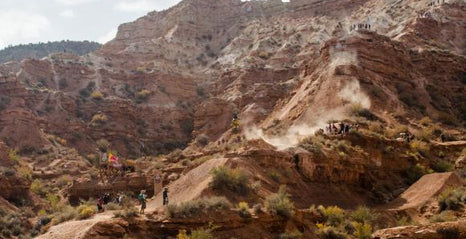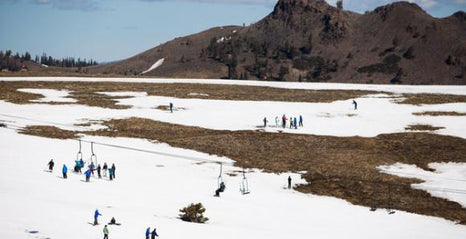Safely Exploring the Backcountry
“This year, be safe, but live wild.”
The backcountry will call your name. If you are a skier, there comes an inevitable point in your
life when the lifts in the resort just aren’t doing it for you and the untouched snow on the peaks in the distance becomes impossible to resist. When this time arrives, the question that every skier must ask himself or herself is, “Is living the dream worth risking it all?”

Ben Clark’s documentary, “The Alaskan Way” began as a project exploring the heli-skiing and guiding lifestyle with Alaska Heliskiing based out of Haines, Alaska. During filming on March 13, 2012, guide, Rob Liberman, and his snowboarding client, Nickolay Dodov, were buried and killed in an avalanche. The documentary opens with this fateful scene: “Rob, Rob, do you copy?”
The deaths of these two riders have rocked their home communities in obvious ways. Liberman was a long time resident of Telluride, Colorado, a close-knit community that continues to mourn his loss. For the parents of Nick Dodov, the documentary has catalyzed an effort to push for stricter guidelines, standardized regulations, and independent investigations related to helicopter skiing in Alaska. “The Alaskan Way” thoroughly documents the training, education, and calculation of risk that goes into a day of backcountry skiing – But even with all of the avalanche knowledge and theory in the field, can we truly feel confident venturing into the backcountry?
I’m pretty sure that an untouched powder field on a bluebird sky day is my version of heaven. It is with a healthy respect for nature, thorough avalanche safety knowledge, and an understanding of the calculated risk that you are taking in the field that one should venture into the backcountry to this untouched terrain. It is our responsibility as skiers to hold education and responsible skiing practices in the highest regard. Perhaps through these efforts we can prevent more accidents and deaths in the future.
The first step is education. Explore the following tutorials to get an idea of the factors that go in to assessing avalanche safety and risk: Avalanche.org
The Colorado Avalanche Information Center is an amazing local resource that provides links to education courses, forecasts, field reports, and more: Colorado Avalance Information Center
Get certified through the American Institute for Avalanche Research and Education (AIARE) for the most in depth preparation for a backcountry adventure: The American Institute for Avalanche Research and Education
Prepare for a backcountry adventure with the right gear. Beyond a beacon, probe, and shovel, don’t forget plenty of water, foul weather gear, tools to fix broken gear, and food.
It is true that the 2013-2014 winter season has been one of the deadliest avalanche seasons in the history of the Rocky Mountain West. But with a healthy respect for nature, extensive education, and a sense of adventure, you can explore the backcountry to the fullest extent.
By AI Blog contributor: Sophie Goodman


